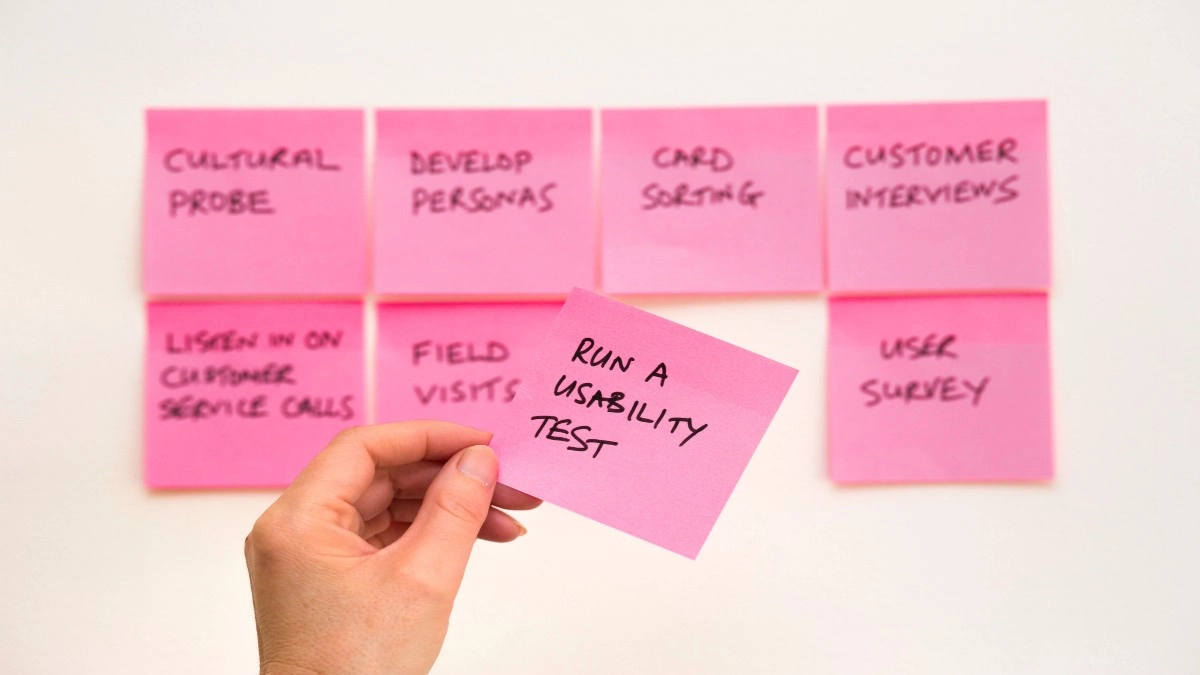In the fast-paced realm of technology, product development stands as a cornerstone for transforming innovative ideas into tangible solutions. This article delves into the intricacies of product development in the tech business landscape, unveiling strategic steps, agile methodologies, and user-centric approaches that pave the way for successful innovation and sustained business growth.
Understanding the Product Development Lifecycle
1. Idea to Concept: Ideation and Validation
The journey begins with ideation and validation. Define the problem your product solves and validate your ideas through market research and user feedback. Lay a solid foundation for your product by ensuring its alignment with market needs.
How Do I Start a Tech Business: A Comprehensive Guide
2. Planning and Strategy
Craft a comprehensive product development plan and strategy. Define your goals, set realistic timelines, and allocate resources efficiently. This strategic approach ensures a clear roadmap for your development team and stakeholders.
Agile Methodologies for Efficient Development
1. Adopting Agile Principles
Embrace agile methodologies for efficient and flexible development. Agile principles, such as iterative development and continuous feedback, allow for adaptability in the face of changing requirements and market dynamics.
2. Scrum and Kanban Practices
Implement Scrum or Kanban practices to manage your development process effectively. These frameworks promote collaboration, transparency, and a focus on delivering incremental value to users throughout the development lifecycle.
How to Market and Brand Your Tech Business
User-Centric Design and Development
1. Creating a Seamless User Experience
Prioritize user-centric design to create a seamless and enjoyable user experience. Understand your target audience, conduct user testing, and iteratively improve the user interface and functionality based on feedback.
2. Iterative Prototyping
Build prototypes to visualize your product early in the development process. Conduct iterative testing and refinement to ensure that the final product meets user expectations and resolves pain points effectively.
Ensuring Quality and Security
1. Quality Assurance
Implement rigorous quality assurance processes to identify and address bugs and issues. A robust QA strategy ensures the reliability, functionality, and performance of your product.
Tech Business Planning and Strategy
2. Cybersecurity Measures
Integrate cybersecurity measures to protect your product and user data. Prioritize security at every stage of development to build trust and safeguard against potential threats.
Successful Product Launch and Beyond
1. Comprehensive Launch Strategy
Craft a comprehensive launch strategy that considers marketing, user acquisition, and market positioning. Leverage the momentum gained during development to create excitement and anticipation for your product.
2. Post-Launch Monitoring and Updates
Continuously monitor the post-launch performance of your product. Gather user feedback, track analytics, and release updates to address evolving user needs and stay competitive in the ever-changing tech landscape.
10 Best AI Tools To Boost Your Business (Updated List)
Conclusion: Innovation for Sustainable Growth
Product development in the tech business is not just a process; it’s a transformative journey of innovation and growth. By adopting strategic planning, agile methodologies, and user-centric principles, tech entrepreneurs can navigate the complexities of product development and position their businesses for sustained success in the dynamic and competitive tech industry.



